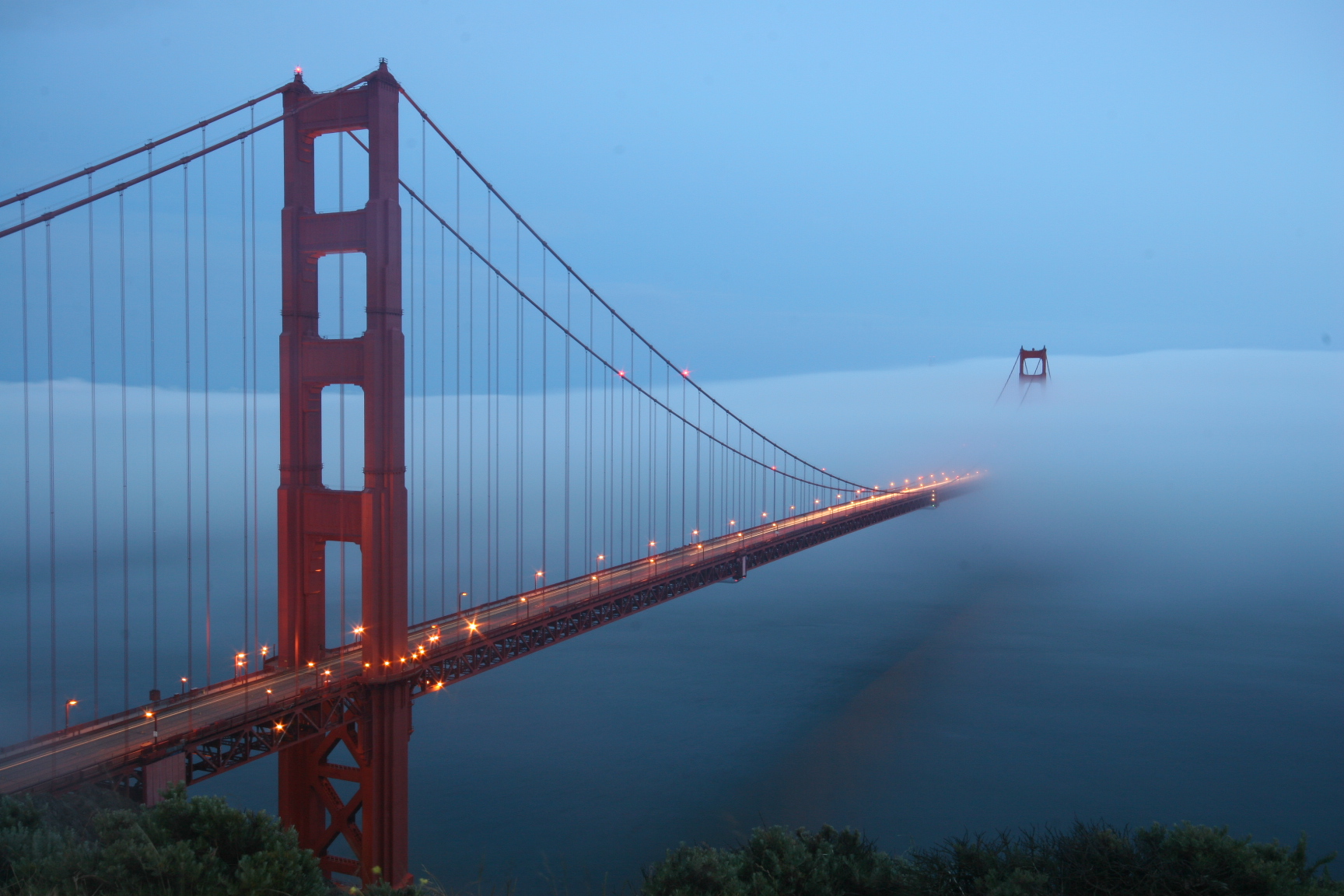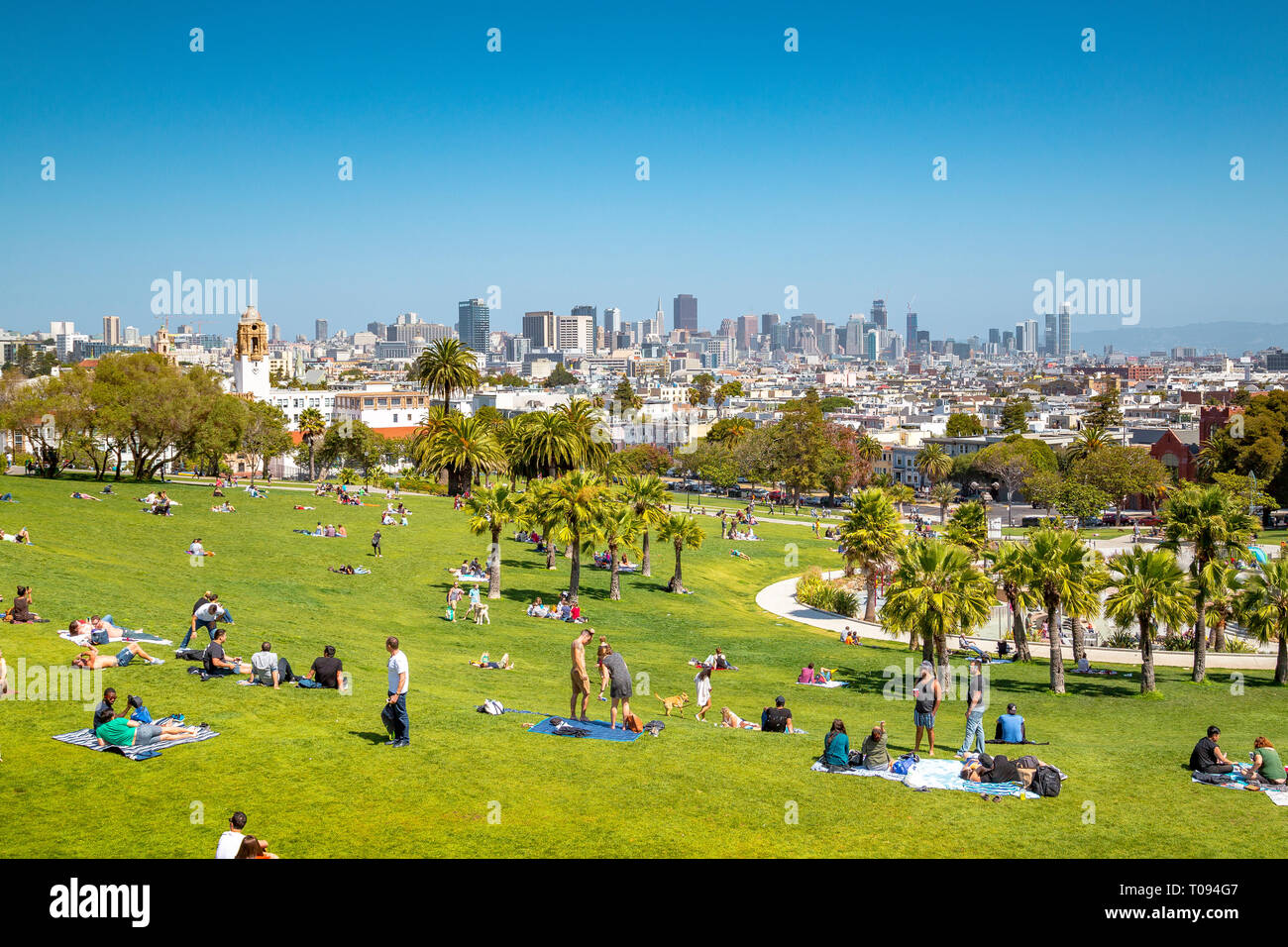San Francisco Weather Guide: Climate, Seasons & What to Expect Year-Round
San Francisco Weather Guide: Climate, Seasons & What to Expect Year-Round
San Francisco is famous for its unique weather patterns that puzzle visitors and locals alike. From the iconic fog rolling through the Golden Gate Bridge to surprisingly cool summer days, understanding San Francisco weather is essential for anyone planning to visit or move to the City by the Bay. This comprehensive guide will help you navigate the microclimates, seasonal changes, and what to pack for your San Francisco adventure.
Quick Navigation

Understanding San Francisco's Unique Climate
San Francisco enjoys a Mediterranean climate characterized by mild temperatures year-round. Unlike most American cities, San Francisco doesn't experience extreme heat in summer or freezing cold in winter. The city's location on a peninsula surrounded by the Pacific Ocean and San Francisco Bay creates consistent, moderate temperatures that rarely dip below 45°F or rise above 75°F.
Average temperatures hover between 50-65°F (10-18°C) throughout the year. This consistency is largely due to the cold California Current that flows along the coast, keeping summer temperatures cooler than you might expect. Mark Twain allegedly said, "The coldest winter I ever spent was a summer in San Francisco"—and while the quote's authenticity is debated, the sentiment rings true for many visitors.
San Francisco Weather by Season: What to Expect
Spring Weather (March - May)
Spring in San Francisco brings some of the city's most pleasant weather. Temperatures range from 55-65°F, with increasing sunshine as the season progresses. March and April see occasional rain showers—leftovers from winter's wet season—but by May, rainfall becomes rare. This is an excellent time to explore outdoor attractions like Golden Gate Park and the Presidio without the summer fog or crowds.
Summer Weather (June - August)
Contrary to expectations, summer is when San Francisco experiences its coolest and foggiest weather. The famous marine layer, affectionately called "Karl the Fog" by locals, rolls in most afternoons and evenings. Temperatures typically stay between 55-68°F. While inland California swelters in triple-digit heat, San Francisco residents reach for their jackets. This phenomenon occurs because hot Central Valley air creates low pressure that pulls cold ocean air inland through the Golden Gate.

Fall Weather (September - November)
Fall is San Francisco's secret summer. September and October bring the warmest, sunniest weather of the year, with temperatures reaching 65-75°F. The fog retreats, humidity drops, and the city experiences its most reliable sunshine. This is considered peak season for locals and informed visitors. By November, cooler temperatures return, and the first winter storms begin arriving, particularly toward month's end.
Winter Weather (December - February)
Winter in San Francisco means rain, not snow. This is the city's wet season, with December through February accounting for most annual rainfall. Temperatures remain mild at 48-58°F, but the rain can be persistent. The Bay Area receives most of its annual 23 inches of precipitation during these months, often through atmospheric river events that can dump several inches in 24 hours. Despite the rain, winter days can also surprise with brilliant sunshine between storms.
Karl the Fog: San Francisco's Famous Weather Phenomenon
The fog is perhaps San Francisco's most iconic weather feature. This isn't just any fog—it's advection fog, formed when moist Pacific air moves over the cold California Current. The dramatic temperature difference causes water vapor to condense into the thick, low-lying fog that blankets the city, particularly during summer months.
The fog has its own Twitter account (@KarlTheFog) with over 350,000 followers and has become a beloved part of San Francisco's identity. While it can obscure views and create chilly conditions, many residents appreciate how it keeps temperatures moderate and creates stunning photographic opportunities, especially around the Golden Gate Bridge.

San Francisco's Microclimates: A City of Weather Zones
One of San Francisco's most fascinating weather characteristics is its microclimates. The city's 49 square miles contain numerous distinct weather zones, where temperatures can vary by 10-15 degrees within just a few miles.
Western neighborhoods (Richmond, Sunset) tend to be foggiest and coolest due to their ocean proximity. Downtown and Financial District experience moderate fog with more wind. Mission District and Potrero Hill enjoy the warmest, sunniest weather as they're sheltered from ocean winds by Twin Peaks. Understanding these microclimates helps residents and visitors dress appropriately and choose where to spend time based on desired weather conditions.
What to Pack for San Francisco Weather
The key to comfortable San Francisco visits is layering. Even on a single day, you might experience cool fog in the morning, warm sunshine at midday, and chilly wind in the evening. Essential items include:
- Light jacket or windbreaker - absolutely essential year-round
- Long pants and closed-toe shoes - shorts are rarely comfortable except in fall
- Layers - t-shirts, long-sleeve shirts, and sweaters you can add or remove
- Light rain jacket or umbrella - especially November through March
- Sunglasses and sunscreen - the fog doesn't block UV rays
Locals rarely wear heavy winter coats. Instead, they master the art of layering with lightweight, versatile pieces that adapt to the city's changing conditions throughout the day.

Best Time to Visit San Francisco Weather-Wise
The optimal time to visit San Francisco depends on your weather preferences. September and October offer the best combination of warm temperatures, minimal fog, and clear skies. Spring months (April-May) provide pleasant conditions with fewer tourists and moderate prices. Summer attracts the most visitors but delivers the foggiest, coolest weather—ironic but true. Winter offers the lowest hotel rates but requires rain preparedness.
For outdoor activities and sightseeing, late summer through early fall provides the most reliable conditions. However, San Francisco's mild year-round climate means there's never truly a "bad" time to visit—just different experiences to plan for.
Frequently Asked Questions About San Francisco Weather
What is the average temperature in San Francisco?
San Francisco's average annual temperature is around 57°F (14°C). Daily highs typically range from 55-65°F year-round, with coastal areas cooler and inland neighborhoods warmer.
Does it snow in San Francisco?
Snow is extremely rare in San Francisco proper. The last significant snowfall occurred in 1976. However, nearby mountains like Mount Tamalpais occasionally see light dustings during cold winter storms.
Why is San Francisco so foggy in summer?
Summer fog results from hot inland air creating low pressure that pulls cold ocean air through the Golden Gate. When this moist air meets the cold California Current, condensation forms the famous fog blanket.
What's the rainiest month in San Francisco?
December and January are typically the rainiest months, each averaging 4-5 inches of precipitation. Most rainfall occurs through atmospheric river events that can deliver substantial rain in 24-48 hours.
Do I need air conditioning in San Francisco?
Most San Francisco homes lack air conditioning because it's rarely needed. The ocean's moderating influence keeps temperatures comfortable, though a few warm September days might make you wish you had it.
Conclusion: Embrace San Francisco's Weather Quirks
San Francisco weather is unlike anywhere else in America. The city's unique combination of ocean influence, topography, and location creates a climate that's remarkably consistent yet surprisingly variable within short distances. While the fog and cool summers catch many visitors off-guard, understanding these patterns helps you prepare properly and appreciate the weather as part of San Francisco's distinctive character.
Whether you're planning a visit or considering relocating, remember that San Franciscans have learned to love their city's weather quirks. The mild temperatures, lack of extreme heat or cold, and dramatic fog create the perfect environment for the vibrant, active lifestyle that defines this iconic city.
☀️ Found this San Francisco weather guide helpful? Share it with friends planning their Bay Area trip!